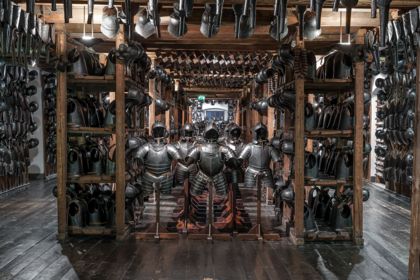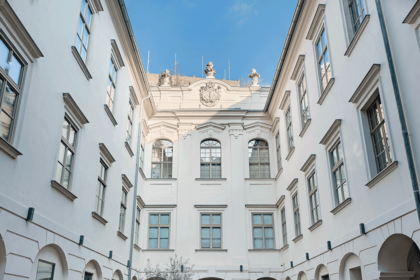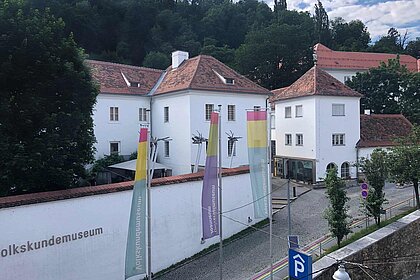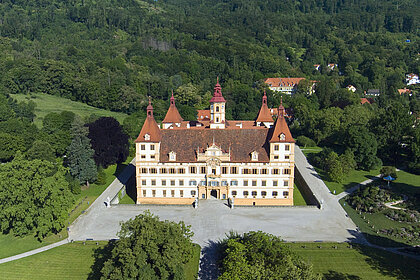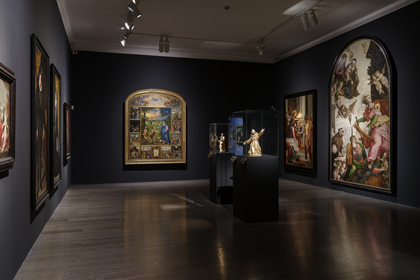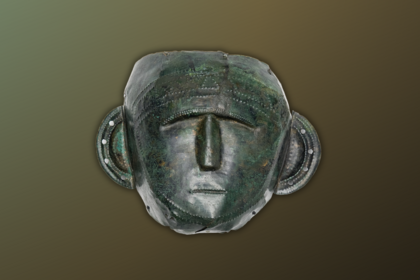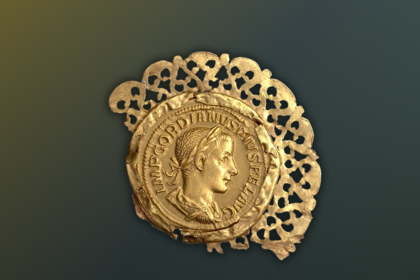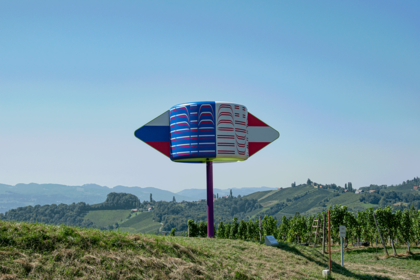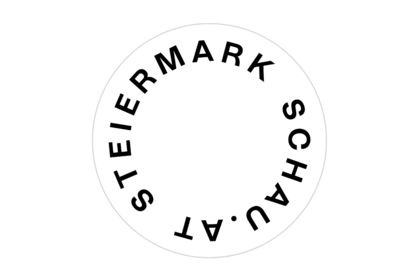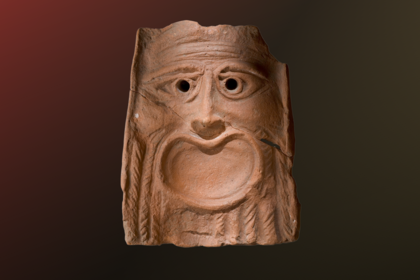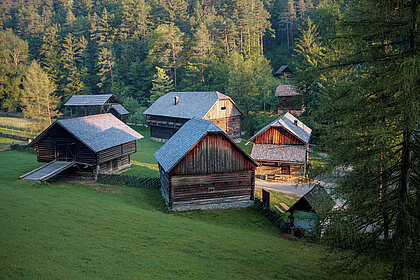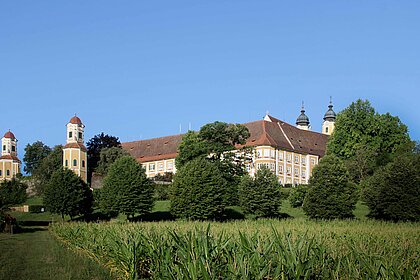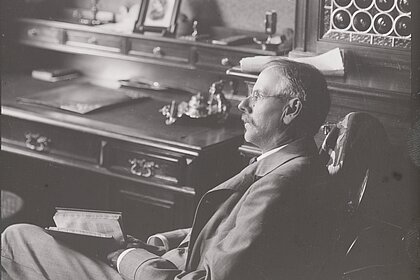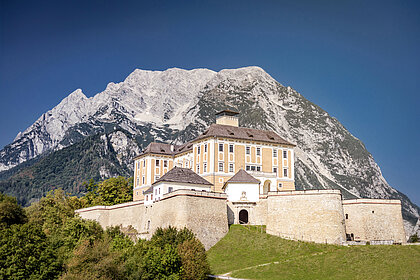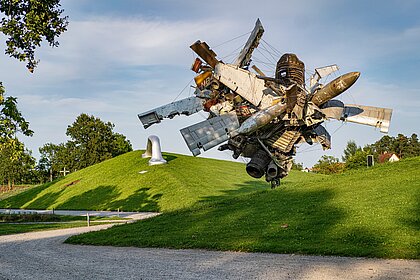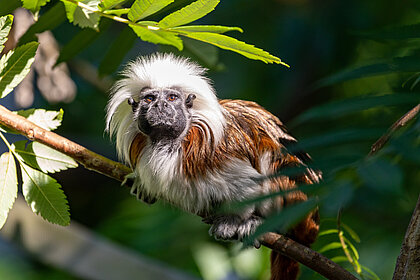Since the Joanneum was founded, collecting activity, research and education have been among the main tasks of the staff of the Zoological Collection.
These days the focus is on researching Styria’s fauna. The research results are available for visitors as well as colleagues, find their way into reports, fill both academic and popular science publications, and last not least form important components in our educational activities in the form of exhibitions, lectures and excursions.
Current research priorities are faunistic, ecological findings on ground beetles of the eastern Alpine region as well as long-term studies of birds and bats. This includes applied research into such topics as the damage caused by ravens to fruit plantations, and by cormorants and grey herons in the fishing industry. On an international level investigations are underway into the migratory patterns of water fowl and into the biology of Mediterranean bird types.
Collections
The various collections are divided by theme into three major areas: vertebrates, insects and other invertebrates. Most of the approx. 1 million objects come from Styria and bordering provinces. Information on the habitat as well as on when and who gathered the data make each object unique, enabling evaluation on the use of habitat, historical prevalence and current threats.
Concerning vertebrates, besides whole-body preparations, skeletons and skins, there is also a special collection of birds’ eggs and an alcohol collection (the focus on fish and reptiles).
The insect collection mainly consists of pinned and dried exemplars, which are preserved in around 4,000 drawers and protected from environmental influences. Beetles represent the main focus, representing animals from all over the world. Butterflies and hymenopterans (bees, wasps and ants) are likewise strongly represented in the collection.
In the area of other invertebrates, the most comprehensive collection is that of molluscs. As early as 1815 it was added to significantly due to snails and mussel shells from an extensive Dutch collection. Highlights include glass models from the Bohemian glass-blowing family of Leopold and Rudolf Blaschka. Smaller collections of marine sponges, corals, echinoderms and crustaceans complement this collection area.
